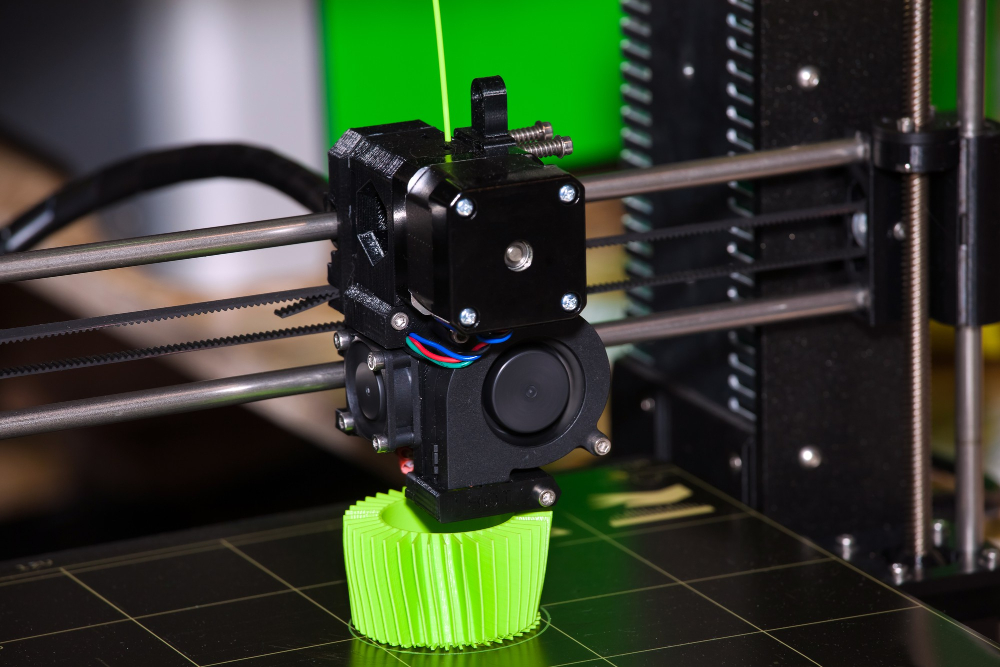In the realm of additive manufacturing, 3D printer filament plays a pivotal role. It serves as the raw material that brings digital designs to life. Over the years, we have witnessed significant advancements in 3D printing technology, and with it, a surge in the variety of filaments available to enthusiasts, professionals, and industries alike. In this comprehensive guide, we will delve into the exciting world of 3D printer filament, exploring emerging materials and technologies that promise to reshape the future of 3D printing.
Understanding 3D Printer Filament
What is 3D Printer Filament?
Before we dive into the future, let’s establish a solid foundation. 3D printer filament is the material used by Fused Deposition Modeling (FDM) printers, the most popular type of consumer 3D printers. It’s a long, thin strand of material wound onto a spool that feeds into the 3D printer. The filament is heated and extruded through a nozzle to create layers that form the final 3D printed object.
Traditional Filament Materials
Historically, the most common filament materials have been PLA (Polylactic Acid) and ABS (Acrylonitrile Butadiene Styrene). PLA is renowned for its ease of use and biodegradability, making it a favorite among beginners and eco-conscious makers. On the other hand, ABS boasts superior strength and durability, suitable for functional prototypes and end-use parts.
The Emergence of Advanced Filament Materials
1. PETG (Polyethylene Terephthalate Glycol-Modified)
PETG is quickly gaining traction in the 3D printing community. It combines the best qualities of PLA and ABS, offering high strength, good flexibility, and excellent layer adhesion. Moreover, it is known for its resistance to moisture and chemicals, making it suitable for a wider range of applications.
2. TPU (Thermoplastic Polyurethane)
TPU is a flexible filament that opens up a new dimension of possibilities. It’s renowned for its rubber-like properties, making it ideal for creating parts that require elasticity and impact resistance. TPU is frequently used in industries like footwear, automotive, and medical.
3. Nylon (Polyamide)
Nylon is a versatile filament known for its high strength, durability, and resistance to abrasion. It’s used extensively in industries where parts need to withstand heavy loads and harsh environments. With advancements in 3D printing technology, printing with nylon has become more accessible and reliable.
4. Composite Filaments
These filaments are a blend of traditional materials with reinforcing elements like carbon fiber, wood, or metal. The result is a material that inherits the properties of both, creating exceptionally strong and lightweight parts. Composite filaments are finding applications in aerospace, automotive, and sporting goods industries.
Cutting-Edge 3D Printing Technologies
As materials evolve, so do the technologies that drive 3D printing. These advancements promise to push the boundaries of what’s possible in additive manufacturing.
1. Multi-Material Printing
Imagine a 3D printer capable of seamlessly switching between different types of filaments mid-print. This technology is on the horizon, enabling the creation of complex, multi-material objects with varying properties in a single print job.
2. High-Speed Printing
Traditional 3D printing can be time-consuming, especially for larger objects. High-speed printing technologies are in development, promising to dramatically reduce print times without compromising quality.
3. Continuous Filament Printing
Traditionally, 3D printers rely on spools of filament. Continuous filament printing, however, uses large rolls of material, eliminating the need for frequent spool changes. This advancement streamlines the printing process, particularly for large-scale projects.
4. Advanced Support Structures
Printing intricate and overhanging features has been a challenge in 3D printing. Emerging technologies are introducing smarter support structures that can be easily removed after printing, reducing material waste and post-processing time.
Environmental Considerations
As 3D printing continues to grow in popularity, it’s essential to consider its environmental impact. The choice of filament material can significantly influence the sustainability of 3D printing. Biodegradable materials like PLA and bio-based options are becoming more prevalent, offering eco-friendly alternatives.
The Future Landscape of 3D Printing
As we look ahead, it’s evident that the future of 3D printer filament is brimming with potential. With an expanding array of materials and cutting-edge technologies, the boundaries of what can be achieved through additive manufacturing are continuously being pushed.
In this dynamic landscape, one thing is clear: 3D printer filament will remain at the heart of this transformative technology. Whether you’re a hobbyist, a professional, or a large-scale manufacturer, staying abreast of these emerging materials and technologies will be key to unlocking the full potential of 3D printing in the years to come. So, as we venture into this exciting future, let’s remember that the filament spool in our hands holds not just plastic, but the promise of endless creativity and innovation.

